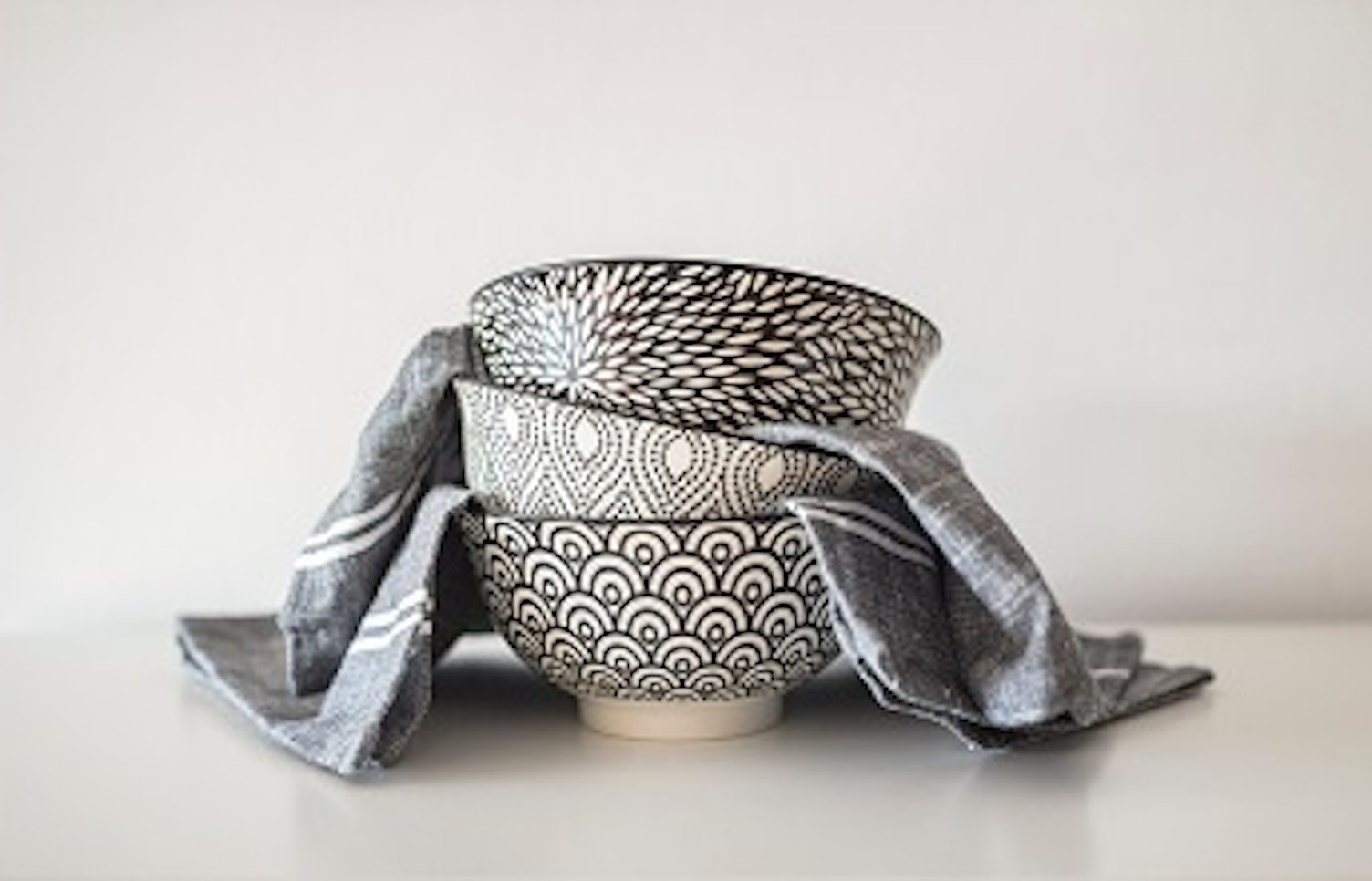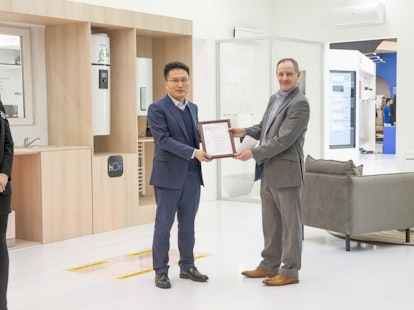
In April 2022, the International Organization for Standardization (ISO) published ISO 4531:2022 for testing food contact enameled articles.
This second edition contains several changes when compared to the 2018 edition. It:
- Strengthens the migration limit for aluminum five-fold (see Table 1 below). This new limit is derived from Regulation (EU) 2016/1416 amending and correcting Regulation (EU) 10/2011 on food contact plastics
- Requires the three consecutive release tests to be carried on the same day using the same sample and a fresh test solution per test
- Stipulates test reports to include any relevant information to uncertainty of measurement and any deviations from the procedure
Highlights of the new standard for 16 heavy metals and their migration limits are summarized below:
| ISO 4531:2022 ‘Vitreous and Porcelain Enamels – Release From Enameled Articles In Contact With Food – Methods Of Test And Limits’, Second Edition, April 2022 | |||
|---|---|---|---|
| Element (Symbol) | Release Limit (µg/l) | Element (Symbol) | Release Limit (µg/l) |
| Aluminum (Al) | 1,000 | Lithium (Li) | 480 |
| Silver (Ag) | 80 | Manganese (Mn) | 1,800 |
| Arsenic (As) | 2 | Molybdenum (Mo) | 120 |
| Barium (Ba) | 1,200 | Nickel (Ni) | 140 |
| Cadmium (Cd) | 5 | Lead (Pb) | 10 |
| Cobalt (Co) | 100 | Antimony (Sb) | 40 |
| Chromium (Cr) | 250 | Vanadium (V) | 10 |
| Copper (Cu) | 4,000 | Zinc (Zn) | 5,000 |
Grills manufactured with steel or cast iron are often coated with enamel materials to protect against corrosion and to facilitate cleaning. Enamel materials are known to contain a variety of silicates and oxides derived from metals, including aluminum, antimony, arsenic, cadmium, chromium, cobalt, iron, lead, lithium and nickel.
In a recent market surveillance conducted by Consumer Council in Hong Kong, several types of enamel-coated cooking pots were found to release different types of heavy metals. Referencing the international standard ISO 4531 for testing, 1 model’s amount of aluminium, arsenic, cadmium and lithium released exceeded the standard by around 0.4 times to 16 times, while another model’s cobalt and lithium release levels exceeded the limit by around 0.6 times and 1.3 times respectively. The test results have been referred to the Customs and Excise Department for follow-up action.
SGS’s global network of laboratories can help you comply with the FCM regulations governing your target market.
To purchase this product, please visit TIC Mall.
For enquiries, please contact our Sales Associates for details!
To obtain a copy in PDF, please click here.
Units 303 & 305, 3/F, Building 22E,
Phase 3, Hong Kong Science Park,
Pak Shek Kok, New Territories,
Hong Kong, China



